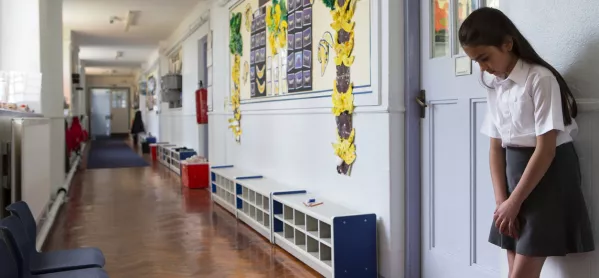The number of suspensions of pupils from schools in England jumped by nearly a quarter compared with pre-pandemic levels, according to the latest data published by the government today.
Pupils were suspended 200,826 times by schools in the 2022 spring term, up by nearly a quarter (23.5 per cent) from the 153,465 recorded in spring 2019, the data shows.
The rise was driven by an increase in suspensions by secondary schools, which jumped by nearly four in 10 (38 per cent).
Persistent disruptive behaviour was revealed as the most common reason for suspension in the 2022 spring term, with 43 per cent of all suspensions relating to this offence.
And the number of pupils in pupil referral units (PRUs) increased by 2,137 in the 2022 spring term compared with the previous term (autumn 2021).
The recorded reason for suspension that saw the steepest rise was sexual misconduct, with an increase of nearly two-thirds (64 per cent) between the spring term of 2019 and 2022, while drug and alcohol-related offences as a reason rose by 51 per cent.
However, the Department for Education said that from 2020 to 2021, up to three reasons could be recorded for each permanent exclusion and suspension, whereas only one reason could be recorded in previous years, meaning that these increases should be viewed with caution.
Permanent exclusions down
The number of permanent exclusions of pupils being made by schools last spring fell compared with pre-pandemic levels.
DfE data shows there were 2,200 permanent exclusions in the spring term last year, compared with 2,800 in 2019.
The rate of permanent exclusions in the 2022 spring term was 0.03, equivalent to three permanent exclusions for every 10,000 pupils.
The highest rate of suspensions for the period was among those pupils with special education needs (SEN) without an education, health and care plan (EHCP), with 65,148 suspended.
This was followed by those with an EHCP plan, of which 19,312 were suspended.
The suspension rate for free school meal-eligible pupils was more than three times that for non-disadvantaged pupils.




